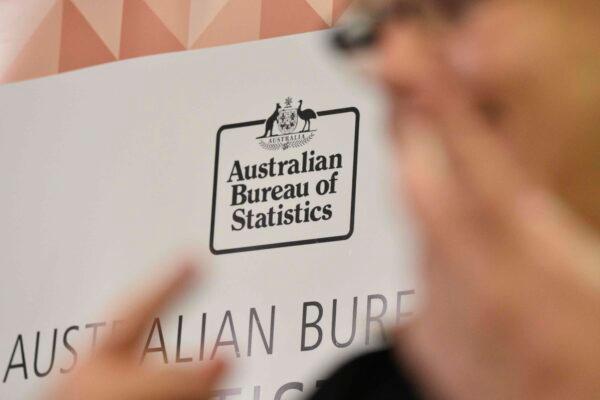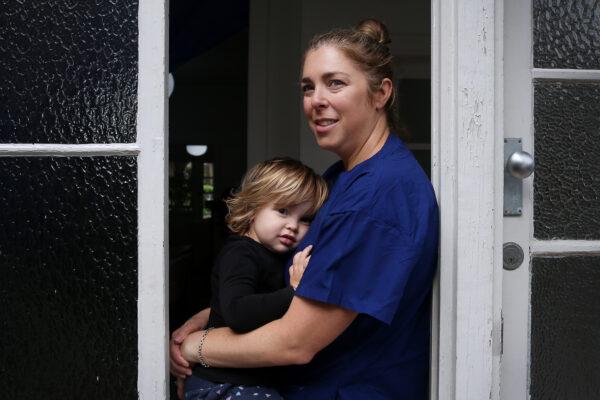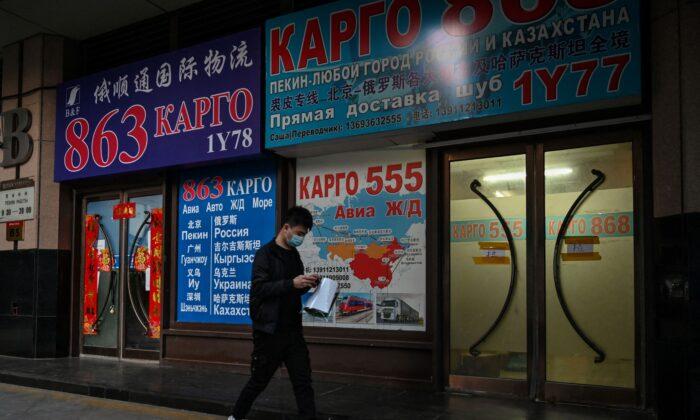The Australian Bureau of Statistics’ (ABS) release of the Labour Force Survey on Thursday broke many records, but only confirmed what many already knew—Australia’s labour force deteriorated significantly in April as Australians halted normal life to contain the spread of the Chinese Communist Party (CCP) virus, commonly known as the novel coronavirus.
Australia’s unemployment rate experienced the largest monthly increase in history, rising 1 percentage point to 6.2 per cent. This is the highest unemployment rate since 2014.
But it’s expected to go higher, with both the Reserve Bank of Australia and Treasury forecasting the unemployment rate to reach 10 per cent before recovering.
Headline Numbers Mask Real Pain

Though the headline 6.2 percent unemployment rate is not high by historical standards, the number likely understates the real pain being experienced by workers who have been laid off, have had their hours reduced, or been placed on government welfare.
This was reflected in the decline of individuals participating in the labour force—a metric that fell 2.4 percentage points—bringing it down to levels seen in the mid-2000s. The ABS estimates that if these individuals had stayed in the labour force, the unemployment rate would be closer to 9.6 per cent.
A measure that more accurately reflects the seismic disruption to the workforce is hours worked. The ABS survey reported a 9.2 percent monthly decline in hours worked, while the number of employed people only fell by 4.6 per cent in comparison.

In total, the ABS estimates that around 2.7 million Australians have been adversely affected by economic disruptions in the wake of the CCP virus pandemic in the last month after losing their job or having their working hours reduced.
Next month’s labour force numbers are likely to be just as sobering.
As more economic data is released in the coming months, more records will inevitably be broken as the nation starts to grasp the extent of the economic damage caused by the CCP virus and the associated policy measures taken.
Though a quick recovery is possible, the longer this ordeal goes on, the harder it will be for workers to get back into the workforce, making longer term damage to the labour force and economy more likely.




